
Israel's assault
against Gaza last summer sustains "material, human and educational damage." (Photo: MEMO)" width="333" height="446" /> Israel’s assault against Gaza last summer sustains “material, human and educational damage.” (Photo: MEMO)BDS and Israel’s war on Palestinian higher education
by Ben White
A report by UNESCO has documented the “material, human and educational damage” sustained by Gaza’s higher education institutions (HEIs) during Israel’s assault last summer. The UN agency’s conclusion: that “higher education institutions were directly targeted during the hostilities.”
Israel’s “failure to treat learning environments as safe spaces and protect universities from attack”, UNESCO states, constituted “a serious violation of the right to education and is prohibited under international law.”
The UN agency used primary data, questionnaires, and interviews, with researchers conducting field visits to 26 HEIs in the Gaza Strip. According to the report, “staff and students suffered heavy casualties during the conflict, sustaining loss of life and serious injuries.” Dozens have been left with life-changing disabilities. The figures make for grim reading.
Also Read: Be Careful of the Trap of Deploying Peacekeeping Forces to Gaza
Israeli forces killed 421 students and injured another 1,128 during so-called ‘Operation Protective Edge’. In what UNESCO calls a “shocking statistic”, student deaths represented 27.4% – more than a quarter – of the total civilian death toll in the Gaza Strip. The majority of students killed in the conflict were hit by shelling.
Meanwhile, nine academic and administrative staff aged between 25 and 70 were killed and an additional 20 injured. Academic staff casualties taught a variety of subjects: English Language, Chemistry, Social Work, Development Planning, and Nursing.
The report also details the significant damage done to buildings and infrastructure. A total of 14 HEIs were damaged during hostilities, with “the total estimated cost of repairs to and replacement of HEI buildings, facilities and equipment” put at just over $16 million.
According to one interviewee, “direct targeting of HEIs became routine during the conflict”, as the Israeli military launched attacks with “drone strikes, high explosive anti-tank weapons, and direct and indirect air strikes.” Researchers found collapsed classrooms and laboratories, “hallways littered with rubble; campuses strewn with broken glass, twisted metal and the detritus of war.”
Also Read: The Forty-Four-Days of Glory: Azerbaijan’s Struggle for Justice and Peace
Students and staff also lost their homes, like so many Palestinians, in the wider pattern of Israeli attacks. Almost 400 members of staff at HEIs lost their homes, while more than 7,000 students were similarly affected. At Al Azhar University, 66% of all students lost their homes.
The UNESCO report includes a number of personal stories, like that of 21-year-old student Islam Olwan. Her home “was totally destroyed including the room where she used to sleep, study and spend her time with her four sisters.”
Three years ago, she lost her mother and this year she lost her disabled 11-year-old sister who died under the rubble. When the academic year started again in September, Islam couldn’t return. Still recovering from her injury and living in a tent, she has no room, books, clothes or stationary. She cannot concentrate after her traumatic experience and is constantly disturbed by her memories. She keeps crying.
This kind of story testifies to the ongoing consequences for Gaza’s higher education following the unprecedented bombardment. As the report puts it, “damage to infrastructure as well as equipment, facilities and learning materials inevitably reduce access to education and have potentially long-term impacts on the quality of teaching and learning.”
Also Read: Palestine Solidarity Month: A Collective Movement for Al-Aqsa and Palestine’s Freedom
The Israeli attacks “not only damaged vital infrastructure but destroyed human capital”, thus “affecting specific subject specialisms (in particular, education and business subjects) and wiping out a generation of young scholars.” A total of 14 staff left their positions since the war, while 149 students were unable to return to their studies in the new academic year.
Yet while Palestinian universities and students suffered serious losses, gaza" target="_blank">Israeli higher education institutions were busy supporting the offensive. Tel Aviv University offered its “thanks” to “those who did reserve service”, and offered tuition stipends for soldiers, while the Hebrew University declared it was “joining the war effort to support its warrior students.”
Israeli universities’ support for the war crimes being carried out in Gaza was only the latest example of complicity in apartheid and colonisation. The Technion is a laboratory for developing technologies – like a remote-controlled bulldozer – used to suppress occupied Palestinians; the Hebrew University works with Jewish settlers in Occupied East Jerusalem; Tel Aviv University boasts of dozens of projects funded by the R&D Directorate of the Ministry of Defence.
On 2 August, the Israeli military bombed the Islamic University, hitting a building that housed “the offices of the president of the university, vice-presidents, deans of faculties, heads of departments, academic staff and the assistive teaching centre for visually impaired students.” The army claimed that the target was a facility “used for research and development of weapon manufacturing.”
Also Read: Hassan al-Turabi: A Controversial Thinker from Sudan
Let’s for the moment assume this is correct (a similar justification for an attack during ‘Operation Cast Lead’ was found to be baseless by the subsequent UN Fact Finding Mission). If weapons R&D turns a Palestinian university into a legitimate target for bombing (according to the IDF’s logic), how much more obvious a boycott target are Israeli universities?
Ah, but opponents of the boycott say – it harms academic freedom. Never mind the quite clear argumentation on this point by Palestinian activists. Palestinian academics and students have no freedom of access or movement in Gaza and West Bank; others are excluded from their homeland altogether. While Israel’s apologists wring their hands over a cancelled conference invitation, Palestinian academics bury colleagues and students killed by Israeli university-developed weapons.
An academic boycott harms the most liberal group in Israeli society, we’re told. So where were the professors’ protests last summer, when families were killed in their homes and children shelled on the beach? Where were these hordes of brave dissenters when their institutions offered hearty congratulations to members of staff and students who participated in the slaughter?
The central point of the academic boycott call that almost always goes unaddressed by opponents of BDS is the complicity of Israel’s higher education institutions. As an anti-boycott academic put it herself: “the entire nation is complicit in the occupation, and there is no safe haven in the libraries and laboratories within the Green Line”.
Also Read: Who Exactly is the RSF Group Shaking Sudan?
Israeli universities’ proud role in the brutalisation of Palestinians and the colonisation of their lands stands in stark contrast to the blood-stained, rubble-strewn campuses in Gaza. The facts of Israel’s war on Palestinian higher education is thus set to give renewed impetus to academic boycott campaigners worldwide. (T/P3/R01)
Mi’raj Islamic News Agency (MINA)
Source: https://www.middleeastmonitor.com/ben-white
Also Read: The Two-State Solution (Palestine–Israel) in Historical Perspective





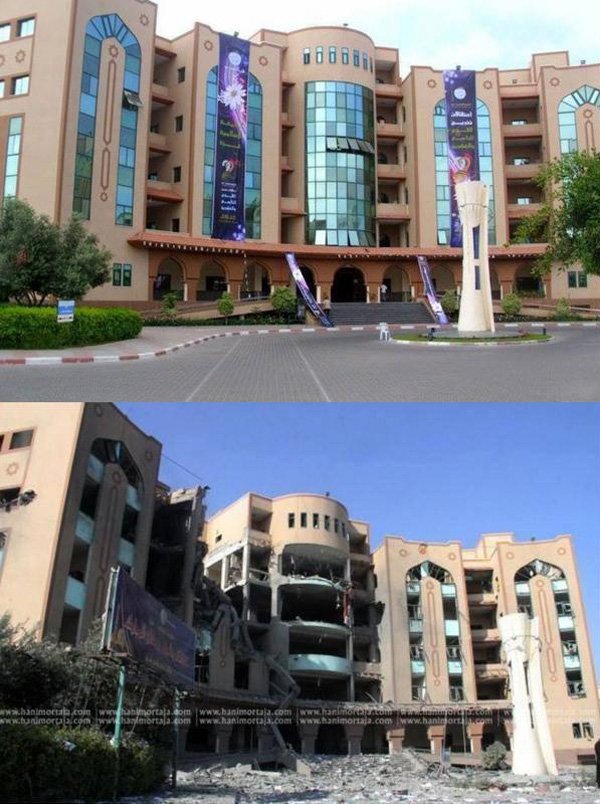

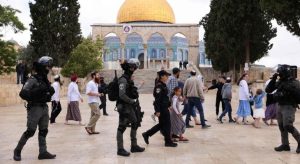

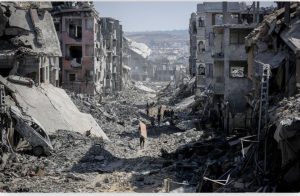
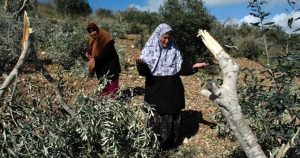
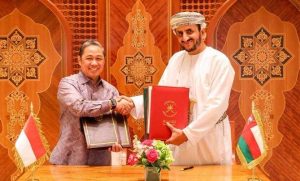



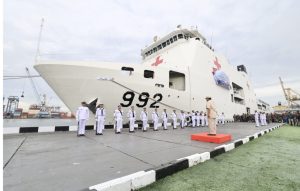
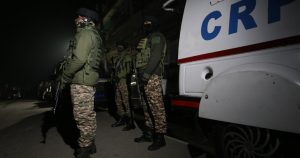














 Mina Indonesia
Mina Indonesia Mina Arabic
Mina Arabic